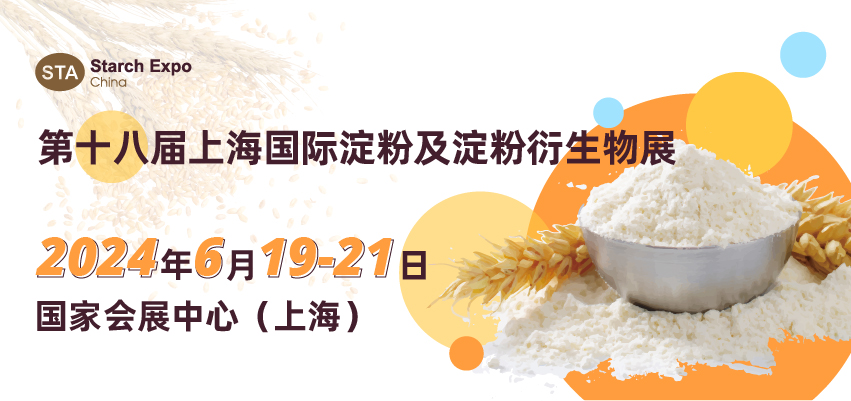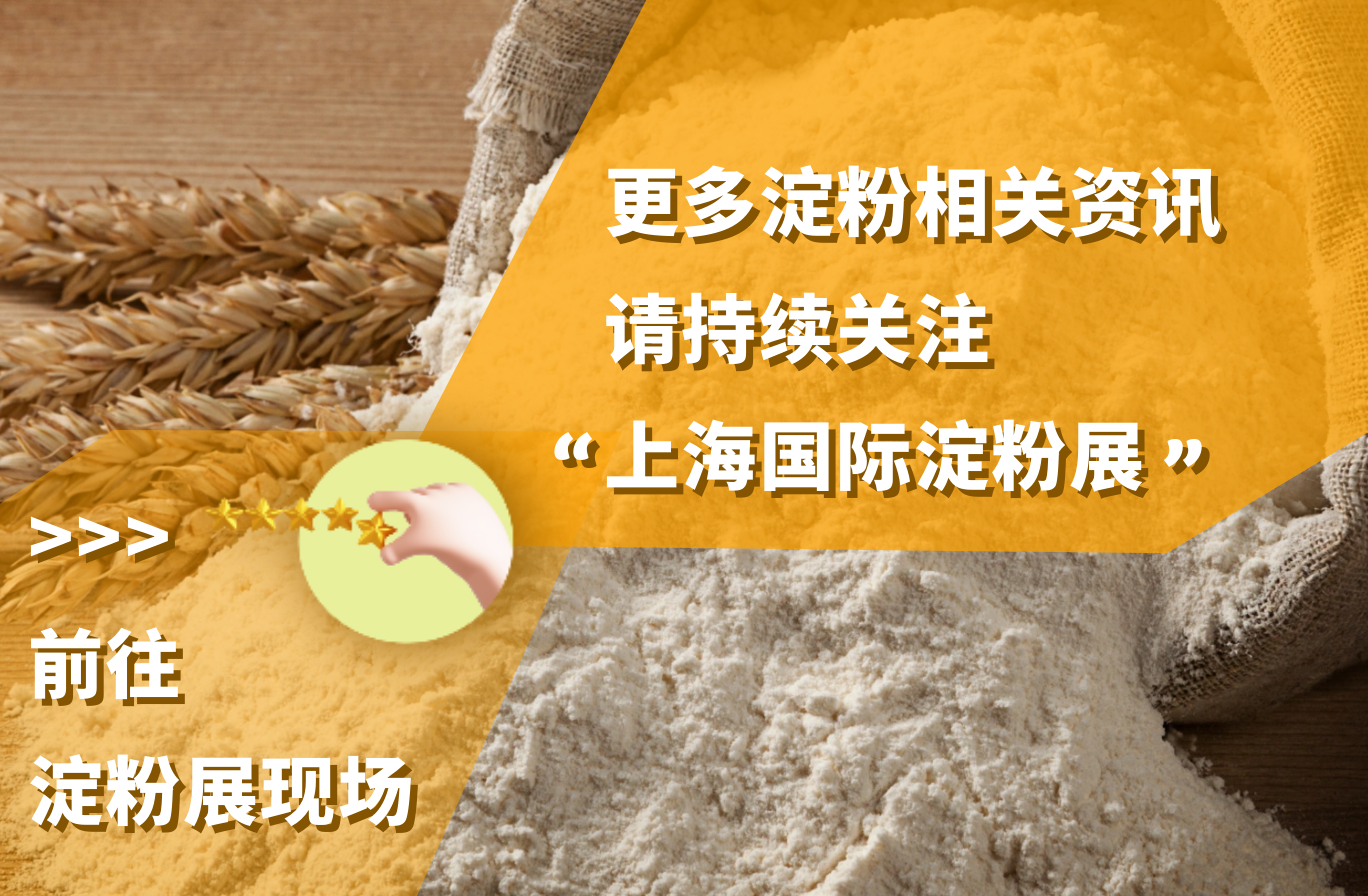
淀粉通常被添加到汤等食物中,使其变得更浓稠,但这样做会增加卡路里和碳水化合物含量。
现在,美国康奈尔大学的研究人员发现,通过将淀粉颗粒排列成特殊形状,可以将它们变成超级增稠剂,同时在不牺牲口感的情况下减少食物中的淀粉含量。
2月16日,相关研究成果发表于《科学进展》。淀粉是面粉的一种成分,是烹饪中使用的增稠剂。淀粉颗粒使食物变稠是因为它们受热时会膨胀。这意味着颗粒会相互挤压,从而使液体成分自由流动的空间变小。研究人员想知道他们是否可以复制这种效果“问题在于不能像雕刻南瓜一样雕刻淀粉颗粒。”论文作者之一、康奈尔大学的李培龙说。
原文
We built superstructures using amaranth starch granules as building blocks via a Pickering emulsion approach (Fig. 2A). We first extracted amaranth starch from amaranth flour in such a way that we retained some native proteins. The small size (~1 μm), high protein content (2.4%), and tunable softness of this high-protein amaranth starch make it the best candidate for building fused superstructures using this approach, and was therefore used as our building block for the entire study (21). These high-protein starch granules, being moderately hydrophobic, will position themselves around an oil droplet at the oil/water (O/W) interface during emulsification via high-shear homogenization [Fig. 2A(2)] (21). If no heat treatment is conducted after emulsification, and we remove both the inner (oil) and outer (water) phases by freeze-drying, the adjacent starch granules that originally surrounded the oil droplet will peel off into 2D sheets [Fig. 2A(3a)], which can then be cross-linked to reinforce them [Fig. 2A(4a)]. The size of these sheets can be controlled; for example, by increasing the homogenization speed, smaller oil droplets are formed, which reduce the size of the sheets. Alternatively, if controlled heating is briefly applied after emulsification, but before freeze-drying, adjacent starch granules surrounding the oil droplet become fused together to form a strong hollow 3D cage after removal of both the inner and outer phases [Fig. 2A(3b)], which can then also be cross-linked [Fig. 2A(4b)]. We investigated these superstructures in terms of their morphology, spatial and structural (molecular) conformation, water-holding capacity (WHC), critical caking concentration (CCC), and viscosity, along with the effect of method parameters such as heating temperature and heating time on cage morphology and crystallinity.
研究人员利用从苋菜籽中提取的淀粉颗粒,设计了一种将其与水、油混合成三维形状的方法。淀粉颗粒排列在油滴周围,研究人员通过加热和冷冻干燥的方法去除两种液体。最后留下的是淀粉结构,一些形状像中心中空的笼子,一些形状像叠在一起的薄片。
研究人员发现,这些淀粉结构作为增稠剂的效果非常好,可以用来将增稠食物所需的淀粉量减半。
新西兰奥克兰大学的Fan Zhu说,使用这些颗粒作为新一代中空淀粉结构的基础材料非常具有创新性,可使淀粉成为未来食品设计的重要组成部分。然而,苋菜籽淀粉价格昂贵,而且很难大量获取,因此将这种新方法应用于玉米淀粉等更便宜、更丰富的淀粉将更有前景。“把这种结构放进嘴里时会发生什么,还需要更多的研究。”他说。
本文来源:中国科学报
声明:凡本平台注明“来源xxx”的文/图等稿件,本平台转载出于传递更多信息及方便行业探讨之目的,并不意味着本平台赞同其观点或证实其内容的真实性,文章内容仅供参考。如若侵权,联系删除。

更多淀粉相关信息,请锁定“上海国际淀粉展“
